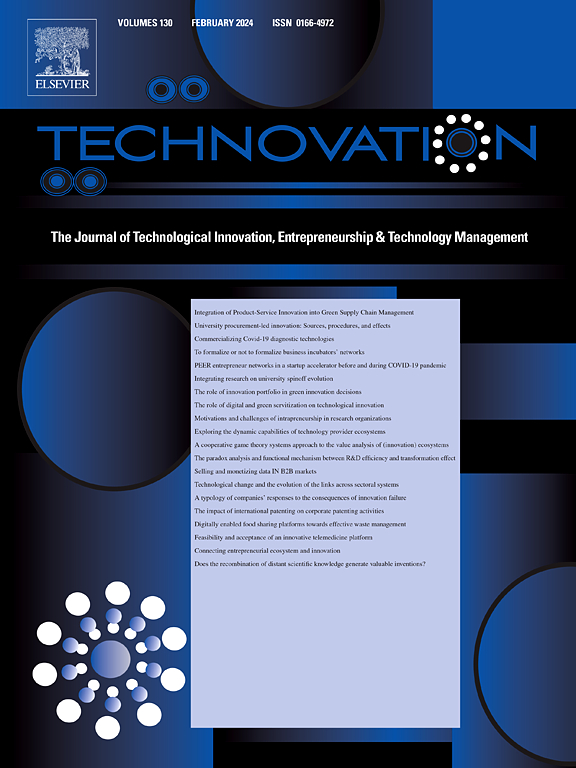释放组织敏捷性:利用智力资本提高数字化转型效率
IF 10.9
1区 管理学
Q1 ENGINEERING, INDUSTRIAL
引用次数: 0
摘要
数字化转型已经成为组织应对日益动态和竞争环境的关键和不可避免的优先事项。然而,智力资本推动数字化转型有效性的机制仍未得到充分探索。本研究考察了组织敏捷性在这种关系中的中介作用,强调了它的三个维度——劳动力、运营和网络敏捷性——如何使组织在数字时代适应和发展。采用定量、相关和横断面调查设计,以后实证主义方法为基础。数据通过多阶段抽样方法从中国和泰国10个组织的265名受访者中收集,代表了不同的行业。采用PLS-SEM对假设的中介模型进行检验。研究发现,组织敏捷性充分中介了智力资本(包括人力资本、结构资本和关系资本)对数字化转型有效性的影响。组织敏捷性的每个维度在增强数字化转型成果方面都发挥着独特而又互补的作用。本研究通过提供组织敏捷性在其三个维度上的中介作用的定量分析,对文献做出了独特的贡献。它促进了对组织敏捷性的理解,将其视为一种多维的更高层次的动态能力,弥合了动态能力和数字化转型研究之间的关键差距。通过阐明这些机制,该研究为旨在利用智力资本和敏捷性来推动变革成功、驾驭不确定性和维持竞争优势的组织提供了实用的见解。本文章由计算机程序翻译,如有差异,请以英文原文为准。
Organizational agility unleashed: Tapping intellectual capital for digital transformation effectiveness
Digital transformation has become a critical and inevitable priority for organizations navigating increasingly dynamic and competitive environments. However, the mechanisms through which intellectual capital drives digital transformation effectiveness remain underexplored. This study examines the mediating role of organizational agility in this relationship, highlighting how its three dimensions—workforce, operational, and network agility—enable organizations to adapt and thrive in the digital era. A quantitative, correlational, and cross-sectional survey design was employed, underpinned by a post-positivist approach. Data were collected through a multi-stage sampling method from 265 respondents across 10 organizations in China and Thailand, representing various industries. The hypothesized mediation model was tested using PLS-SEM. The findings reveal that organizational agility fully mediates the effect of intellectual capital—comprising human, structural, and relational capital—on digital transformation effectiveness. Each dimension of organizational agility plays a distinct yet complementary role in enhancing digital transformation outcomes. This study uniquely contributes to the literature by providing a quantitative analysis of organizational agility's mediating role across its three dimensions. It advances the understanding of organizational agility as a multi-dimensional higher-level dynamic capability, bridging critical gaps in dynamic capabilities and digital transformation research. By elucidating these mechanisms, the study provides practical insights for organizations aiming to leverage intellectual capital and agility to drive transformative success, navigate uncertainty, and sustain a competitive advantage.
求助全文
通过发布文献求助,成功后即可免费获取论文全文。
去求助
来源期刊

Technovation
管理科学-工程:工业
CiteScore
15.10
自引率
11.20%
发文量
208
审稿时长
91 days
期刊介绍:
The interdisciplinary journal Technovation covers various aspects of technological innovation, exploring processes, products, and social impacts. It examines innovation in both process and product realms, including social innovations like regulatory frameworks and non-economic benefits. Topics range from emerging trends and capital for development to managing technology-intensive ventures and innovation in organizations of different sizes. It also discusses organizational structures, investment strategies for science and technology enterprises, and the roles of technological innovators. Additionally, it addresses technology transfer between developing countries and innovation across enterprise, political, and economic systems.
 求助内容:
求助内容: 应助结果提醒方式:
应助结果提醒方式:


